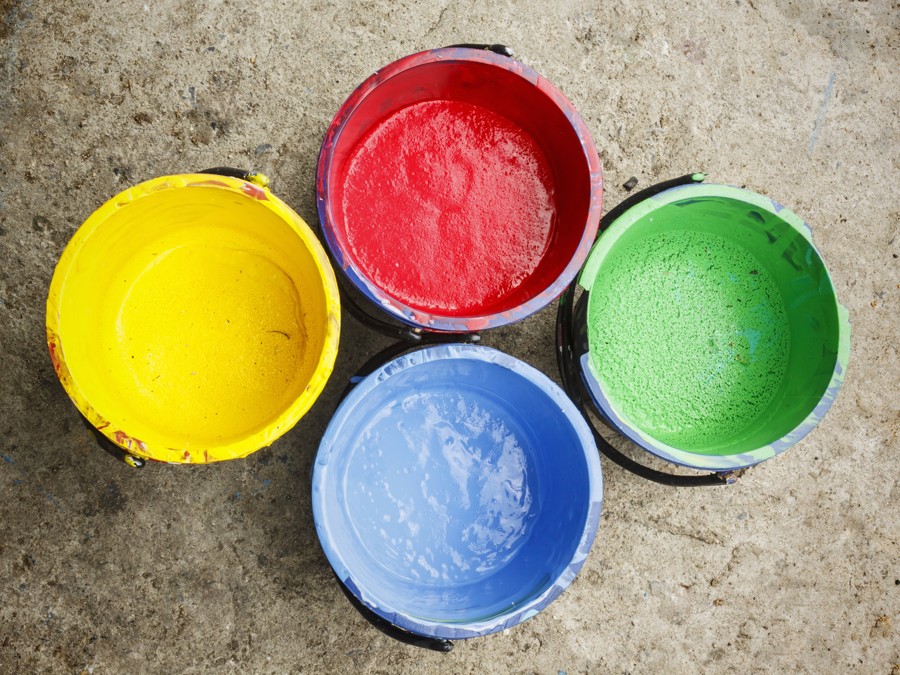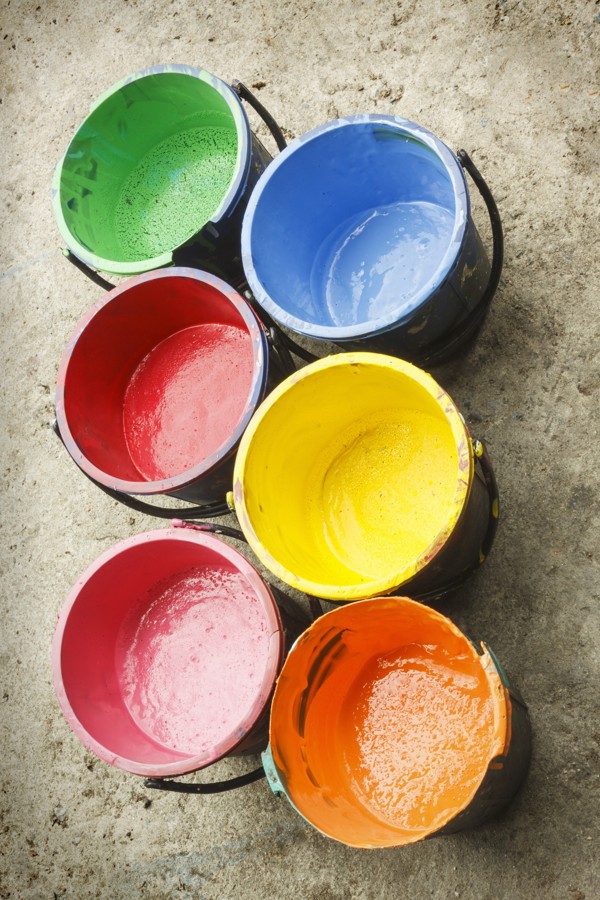Plastisol
Plastisol is a suspension of PVC particles in a liquid plasticizer (a plasticizer, also known as a softener, is anything that increases the fluidity and plasticity of materials to which they are added). In its native state, Plastisol flows like a liquid and can literally be "poured" wherever needed. The substance "melts" at 177°C and "solidifies" (note, this is an irreversible process) at 60°C.

Plastisol is available on the market today in a literally countless range of color shades, making it unlikely that you will not find the ideal one for your needs.
How does Plastisol affect the production and processing of textile materials?
You can most commonly encounter it as some sort of "textile dye" in the so-called Screen Printing Technique ("Screen Printing", also known as "stencil printing" or even "screen print", with artistic screen printing being called "serigraphy" - literally a "drawing on silk"). It is also commonly used as an external coating layer with very versatile applications. It is one of the best modern choices when someone wants to print opaque graphics on darker fabric.
Plastisol is not soluble or dilutable in water. It is popular partly because when working with it, there is no need to use water for the final work (unlike practically all natural materials, dyes, and fibers), simply "lightly bake" it once and that's it (Plastisol does not dry on its own, so it must be artificially dried). Usually, a temperature easily achievable in a household oven is sufficient for Plastisol – around 180°C for its full preservation. It is especially popular because during factory production, it does not dry on its own (like natural water-based colors), even if left standing for a long time.

Plastisol is primarily the domain of larger modern textile manufacturers or printing studios, but this certainly does not mean that some modern artist couldn't find a use for it...
When using Plastisol, it's also good to remember that it tends to rise to the surface of the used fiber more rather than soaking through it completely. This literally creates the impression of a "plastic" image and texture on the fabric. Other textile inks undoubtedly create a subtler impression with their used colors on fabrics.




























































































































